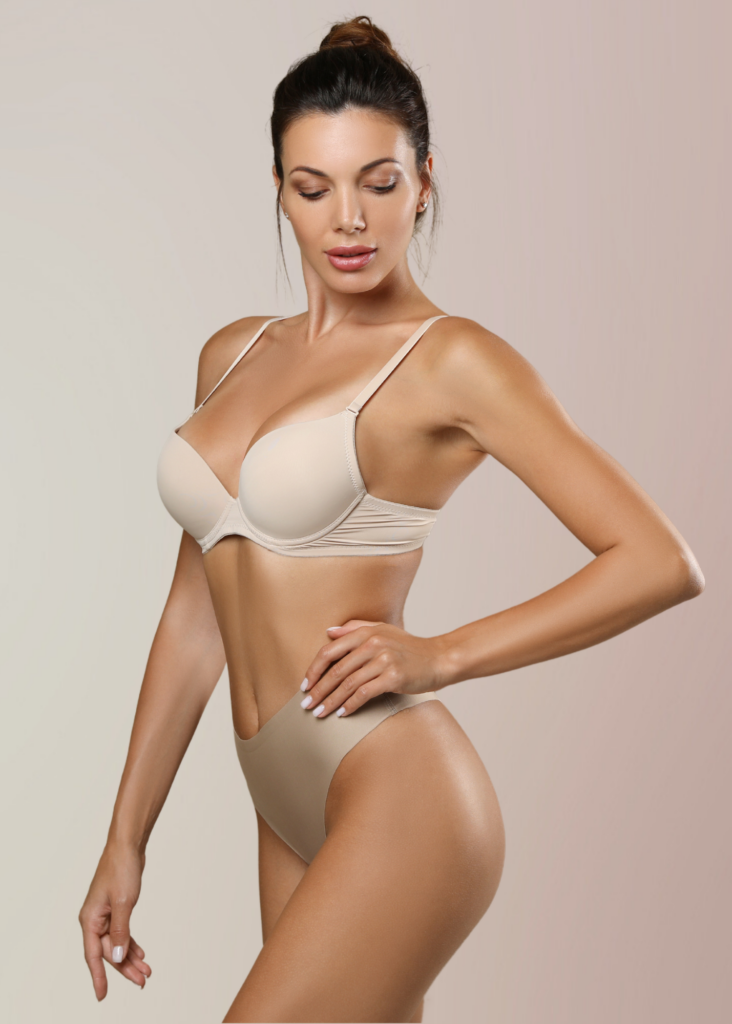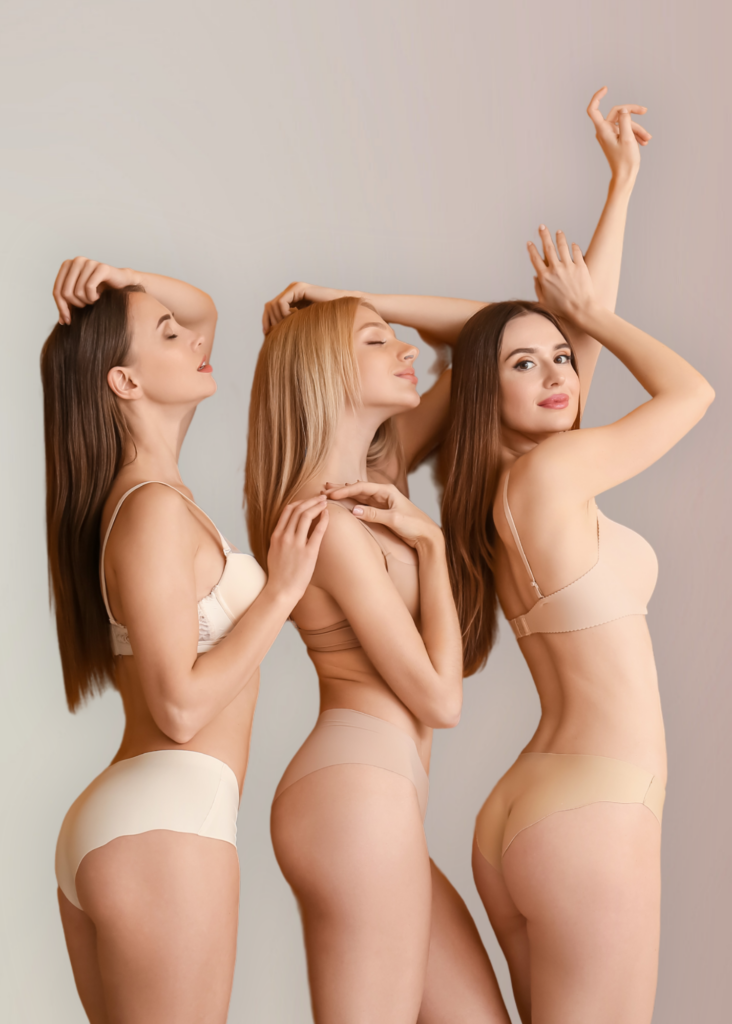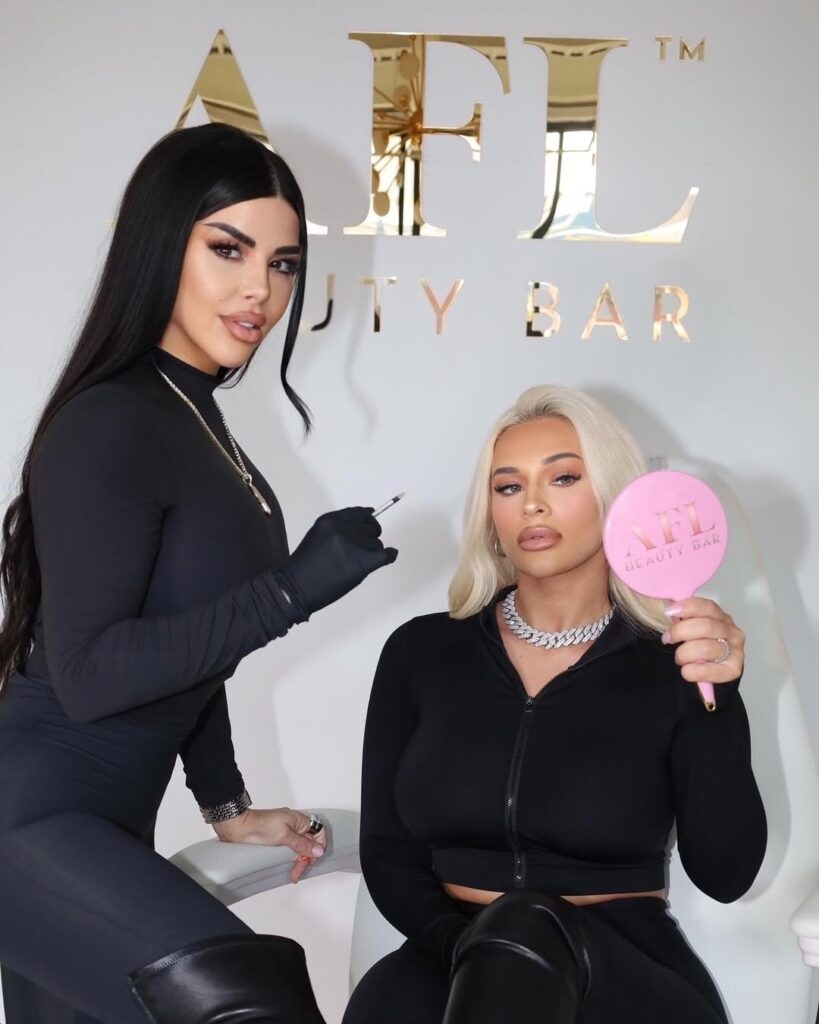Restore Balance with Hormone Therapy
Aging is a multi-factorial, complex process that consists of various factors that change and take their toll on our bodies. One such change is decreasing hormonal levels.
Hormones are messengers that affect body processes and a network of glands and organs responsible for producing and secreting hormones. As we age, a natural decline in hormones causes visible effects on the body and skin.
At AFL Beauty Bar, we focus on individualized hormone therapy plans to help you feel and function at your best.
How is Hormone Therapy Performed?
Since there are several methods of delivering estrogen and other hormones to the body, the option you choose dictates how the therapy is performed.
Many delivery vehicles, including creams, pills, and oral medication, are taken at home daily. Others, like pellet therapy, are performed as a procedure.
Pellet hormone therapy is a quick and easy procedure that takes about 20 minutes without downtime or recovery. The area where the pellets will be inserted is first numbed during the treatment. Then, the skin is cleansed and sterilized. Next, small pellets are inserted under the skin in the fatty tissue of the butt or hips. Then, a special insertion tool is used to place the pellets, which contain a predetermined dose of hormones that will last for a few months and slowly release the hormones.
After the pellets are inserted, a bandage is placed over the site to protect the skin. It also helps to keep the pellets in place until the skin naturally heals and adheres. Then, you can resume your routine as usual with no restrictions. Over the coming months, the pellets will naturally dissolve, allowing for a slow yet steady release of hormones, similar to how the body produces hormones. Every few months, new pellets must be inserted (often into a different area) to keep hormone levels at a healthy balance.

Why clients love our hormone therapy (BHRT)?
What is Hormone Therapy?
Hormone therapy is a commonly utilized medical treatment to alleviate the symptoms of menopause or not experiencing menopause, like those with thyroid stimulating hormone issues.
Hormone therapy reintroduces estrogen and other hormones (as deemed necessary) into the body to counteract the effects of decreased estrogen.
The main types of hormone therapy include:
- Estrogen-only therapy relies only on estrogen to offset the symptoms of menopause. This method is often prescribed for women who have undergone a hysterectomy.
- Estrogen plus progestogen therapy, which relies on estrogen and progestogen
- Hormone utliziation therapy, the rebalacing of depleted hormones and decreasing testosterone levels.


Frequently Asked Questions
Got questions about acne? AFL Beauty Bar is here to help with expert advice and effective treatments to get your skin back on track!

